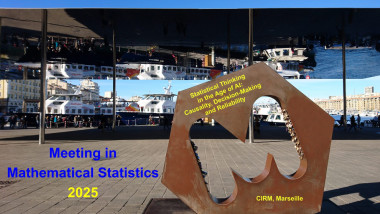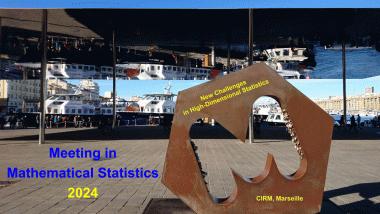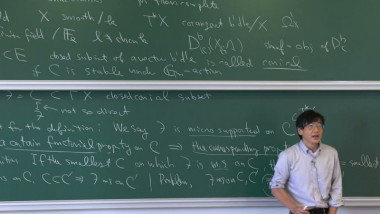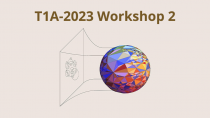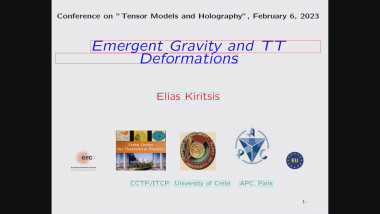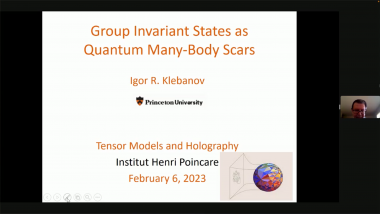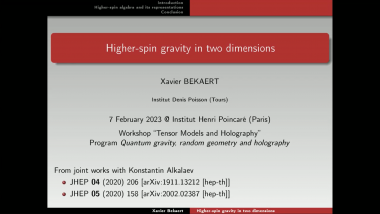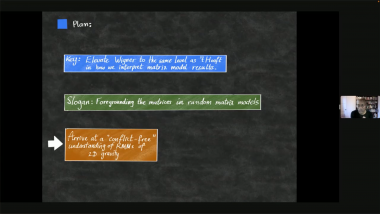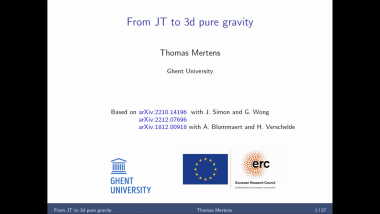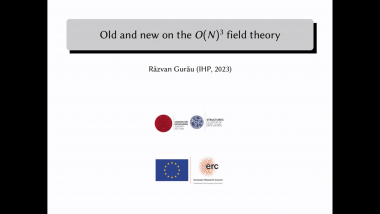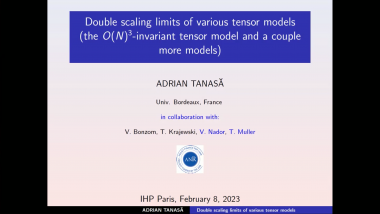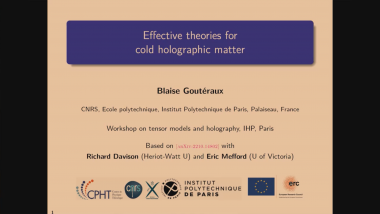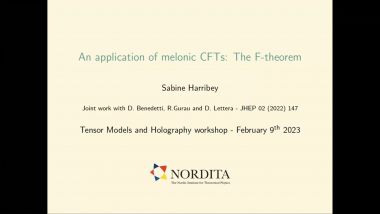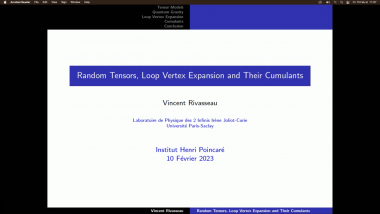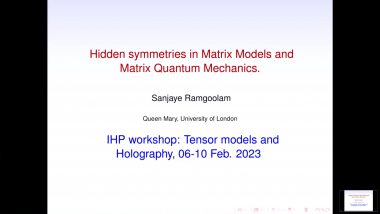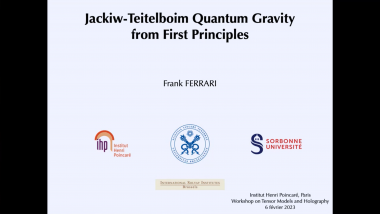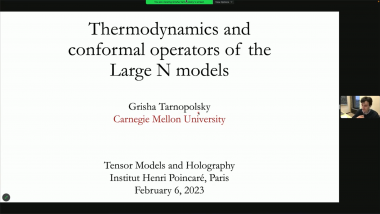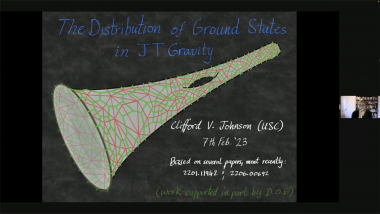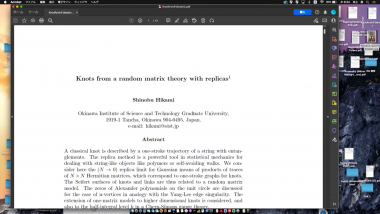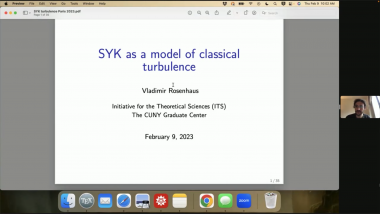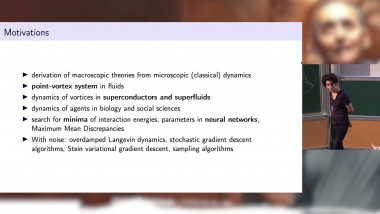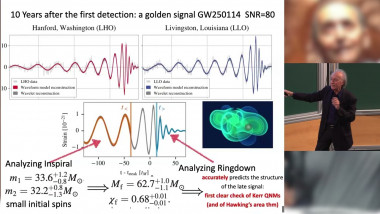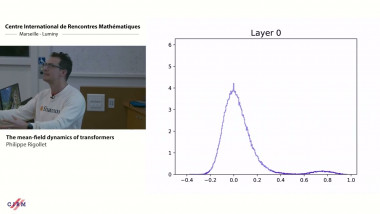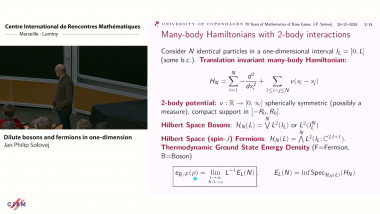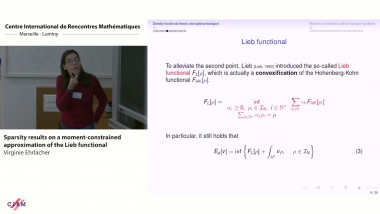Group invariant states as many-body scars
Quantum many-body scars have been an active area of research in Condensed Matter Physics for several years. In some many-body systems, the Hilbert space breaks up into a large ergodic sector and a much smaller scar subspace. It has been suggested [K. Pakrouski et al., Phys. Rev. Lett. 125 (2020) 230602] that the two sectors may be distinguished by their transformation properties under a large group whose rank grows with the system size (this group is not a symmetry of the Hamiltonian). The scars are invariant under this group, while all other states are not. We begin by reviewing some many-body systems where group singlet states have special properties: the matrix quantum mechanics and fermionic tensor models. We continue on to appropriately deformed versions of the SU(2) Hubbard model and show that the scar subsector is invariant under a large group, which acts on the lattice sites. More generally, we apply this idea to lattice systems with N sites that contain M Majorana fermions per site. The Hilbert space may be decomposed under the action of the SO(N)xSO(M) group, and the scars are the SO(N) singlets. For any even M, there are two families of scars. One of them, which we call the eta-states, is symmetric under the group O(N) that includes a reflection. The other, the zeta-states, has the SO(N) invariance only. For M=4, where our construction reduces to a deformed SU(2) Hubbard chain with local interactions, the former family are the N+1 eta-pairing states, while the latter are the N+1 states of maximum spin. For M=6, we exhibit explicit formulae for the scar states and calculate the bipartite entanglement entropy analytically. For large N, it grows logarithmically with the region size. In general, the energies of the scars within each family are not equidistant. For M>6 we also find that, with local Hamiltonians, the scars typically have certain degeneracies.
The latter part of the talk is based on the recent paper “Majorana Scars as Group Singlets” by Zimo Sun, Fedor Popov, Igor Klebanov and Kiryl Pakrouski, arXiv:2212.11914

